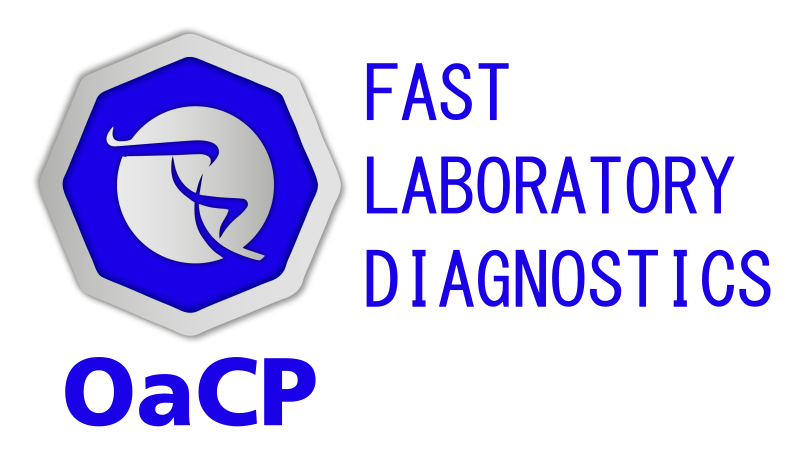One of the main concerns related to the pandemic response politics is the spread of SARS-CoV-2 variants.
This is not only related to epidemiological researches but may impact the virus ability to spread among people and to escape the immune system response.
Starting from the last press releases that are showing a global impact of the UK variant of the COVID-19 virus, we are looking to provide updated information to our audience to better understand the phenomena.
The facts about COVID-19 UK variants
On 14 December 2020, authorities of the United Kingdom of Great Britain and Northern Ireland reported to WHO that a new SARS-CoV-2 variant referred to as SARS-CoV-2 VUI 202012/01 was identified through viral genomic sequencing.
From 5 October to 13 December, over 50% of isolates were identified as the variant strain in South East England. Retrospective analysis traced the first identified variant to Kent, South East England, on 20 September 2020, which was followed by a rapid increase of the same variant identified later in November. Most COVID-19 cases from whom this variant has been identified have occurred in people under 60 years of age.
The variant is defined by the presence of a range of 14 mutations resulting in amino acid changes and three deletions. Some of these mutations may influence the transmissibility of the virus in humans:
One of the mutations identified (N501Y) is altering an amino acid within the six key residues in the receptor-binding domain (RBD). According to the Global Initiative on Sharing Avian Influenza Data (GISAID) database, this same receptor binding domain mutation (N501Y) has been independently reported in several countries including South Africa (n=45) and Australia (n=37). Sequence analysis revealed that the N501Y mutation of the virus reported in the United Kingdom and South Africa originated separately.
Another mutation of biological significance, P681H, has been found in the RBD.
Finally, the deletion at position 69/70 has been found to affect the performance of some diagnostic PCR assays that use an S gene target. Most PCR assays worldwide use multiple targets and therefore the impact of the variant on diagnostics is not anticipated to be significant.
The new VUI-202012/01 (20I/501Y.V1 or B1.1.7) variant has been identified in several countries including Australia, Denmark, Italy, Iceland and the Netherlands.
The Trick
Alongside the ability of the variant to spread faster, the presence of variants in sensitive regions used as biomarkers in PCR assays could cause a lack of sensitivity and specificity of actual PCR Kits, targeting, in particular, the S gene.
The WHO recommends being aware of this potential issue and using multiplex assays targeting different viral genes to allow the detection of potential arising variants.
The Treat
Commercial solutions are available to test variants:
- Sanger Sequencing
- Next-Generation Sequencing (NGS)
- RT-PCR
Most of them are second-level tests performed after a first RT-PCR test that confirmed the positivity at the COVID-19 and require additional instrument or skills.
OaCP has developed the first test able to detect simultaneously both the “original” COVID-19 strain and the UK, SA, and Brazilian P2 Variant, making it possible for labs to have 4 tests in 1 tube, 1 shot and one step.
Written by Dr Enrico DI Oto, Bs, MD, PhD, OaCP CEO
Sources:
https://www.who.int/csr/don/21-december-2020-sars-cov2-variant-united-kingdom/en/
https://www.biorxiv.org/content/10.1101/2021.02.14.431117v2.abstract





